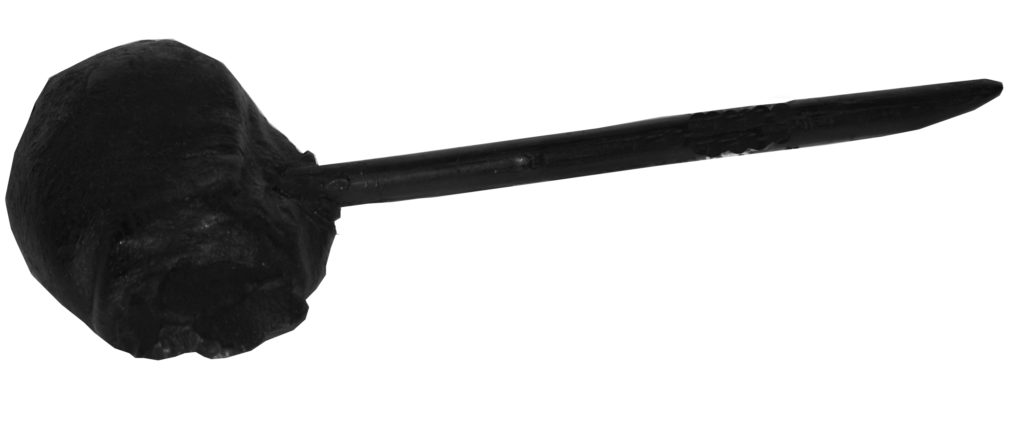
Aboriginal hammers
Early to mid-19th century
Stone, wood and gum
These are practical tools made from local materials. The stones are fixed to the wooden handles with gum from trees.
Reference: 4480, 4481, 4482
Can be found: Heroes and Villains
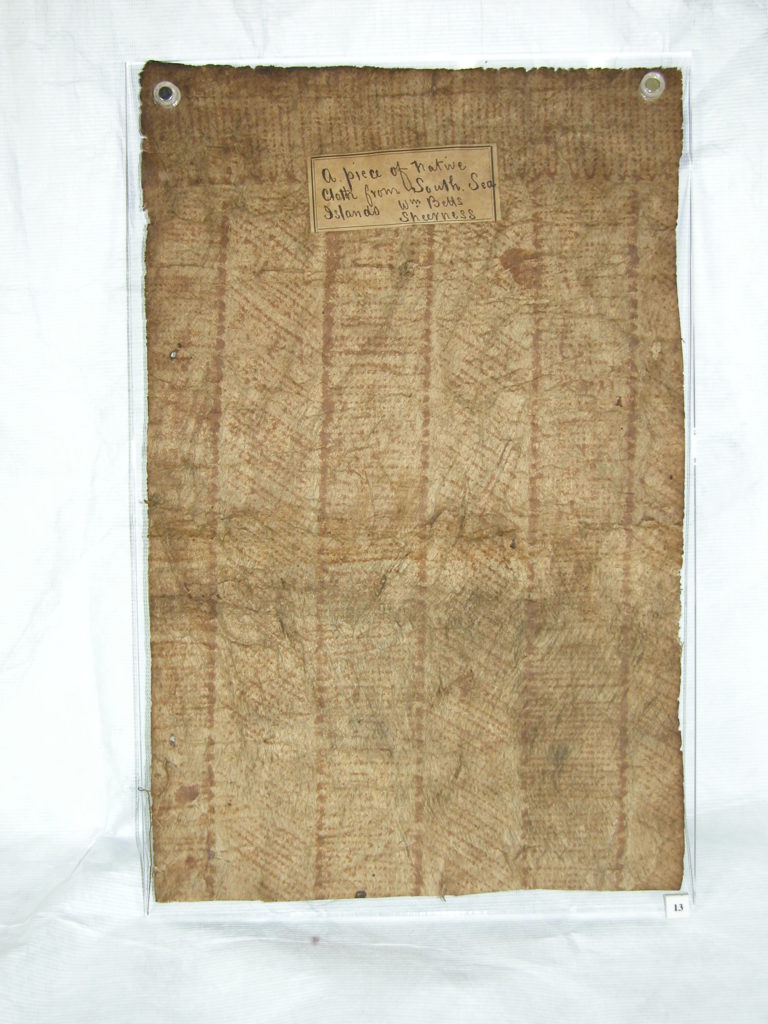
Bark cloth
19th century; South Sea Islands
Bark
Reference: 4590
Can be found: Heroes and Villains
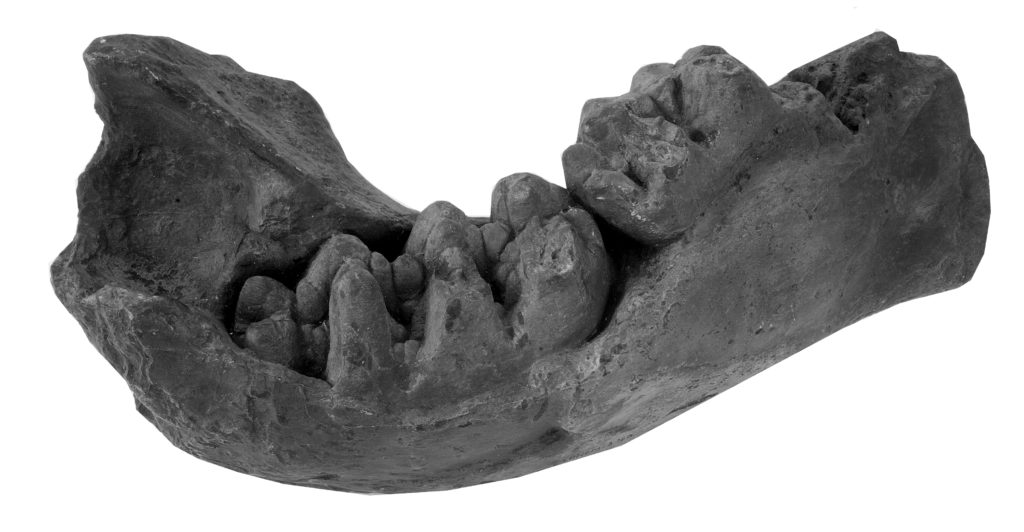
Cast of part of a Mastodon andium lower jaw
1845 copy of prehistoric original
Plaster
This is a cast of the fossilised jaw found in South America and given to Canterbury Philosophical and Literary Institution Museum in 1841 by General William Miller. The original was lent to the British Museum in 1845, when it was used to help establish the new species of elephant ancestor Mastodon andium. Canterbury Curator John Brent allowed the British Museum to keep the original in exchange for a cast and various other fossil specimens.
Presented by William Miller to Canterbury Philosophical and Literary Institution Museum and acquired through purchase of the Museum by Canterbury Corporation, 1846-47
Reference: A160
Can be found: Heroes and Villains

Clubs from Nootka Sound
Late 18th century; Nootka Sound, Vancouver Island, Canada
Whalebone
The form and decoration of these clubs is unique to people from Nootka Sound. One has a serpent-head handle unlike any other clubs so far recorded. They were collected during Captain Cook’s voyages in 1776-79.
Reference: 4476, 4477
Can be found: Heroes and Villains
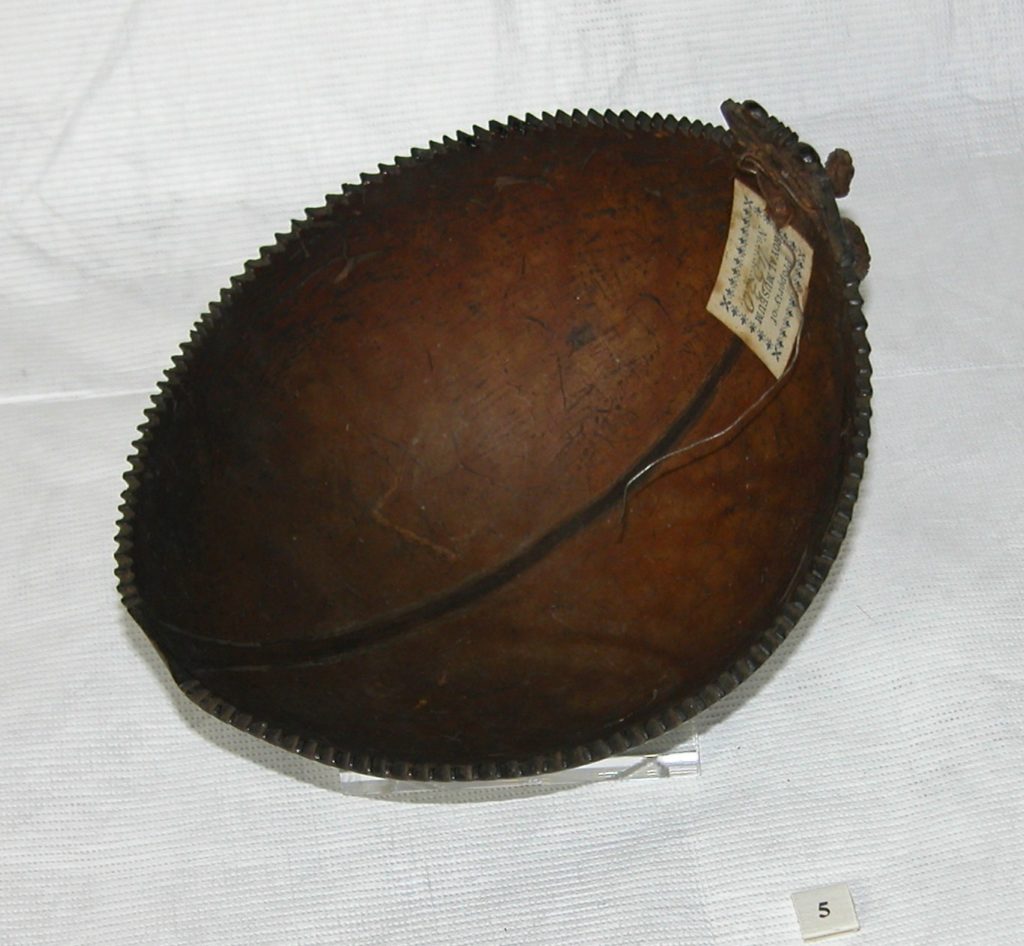
Coconut cup
19th century; Polynesia
Coconut shell
The coconut cup would have been used for fermented drinks. It is a high status item with decorations linked to the Cook Islands.
Reference: CANCM:nn
Can be found: Heroes and Villains
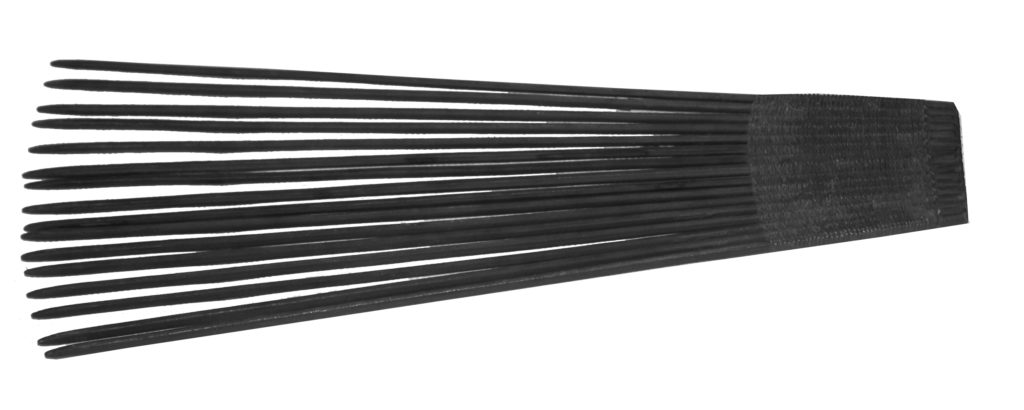
Coir comb
18th to 19th century; Tonga, South Seas Coir
The decorative hair comb from Tonga is made of coir fibres.
Reference: 1763
Can be found: Heroes and Villains
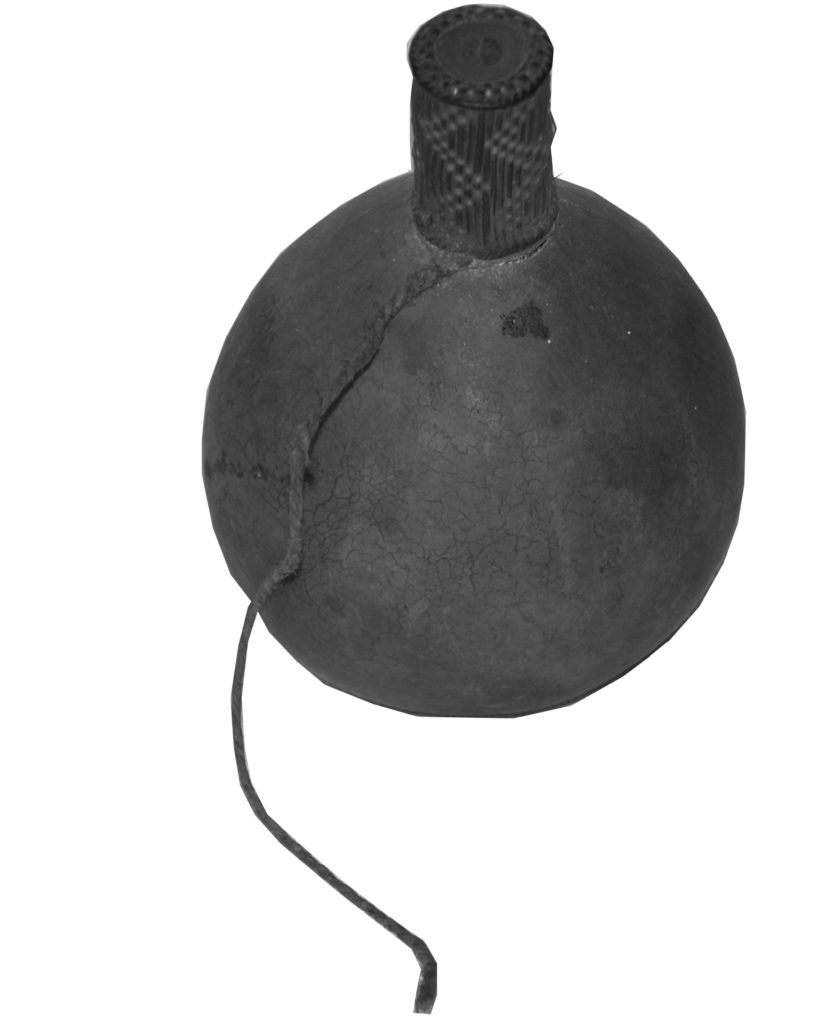
Lime gourd
19th century; Solomon Islands
Gourd rind
The gourd was used for burning coral to create lime, which was chewed with beetle leaves.
Reference: CANCM:nn
Can be found: Heroes and Villains
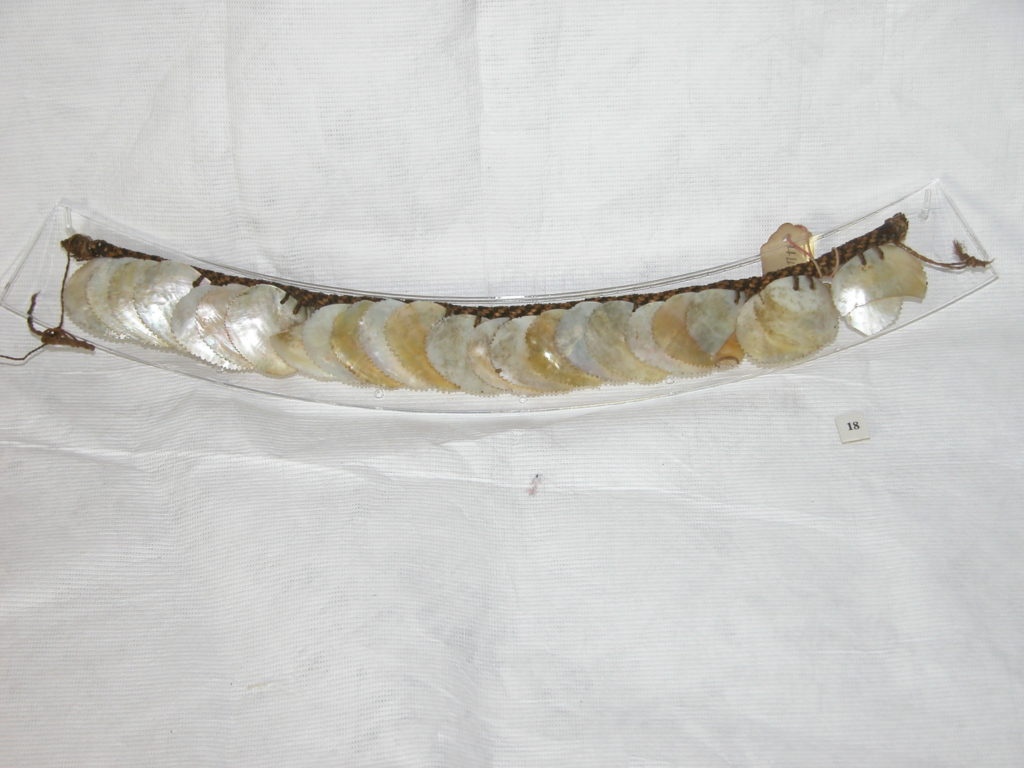
Shell necklace
18th to 19th century; Tahiti, South Seas
Shells and fibres
Pearl shells for the necklace have been carefully serrated round the edges and bound with pandanus (aromatic plant) leaves, hibiscus string and dyed black fibres.
Reference: 4451
Can be found: Heroes and Villains
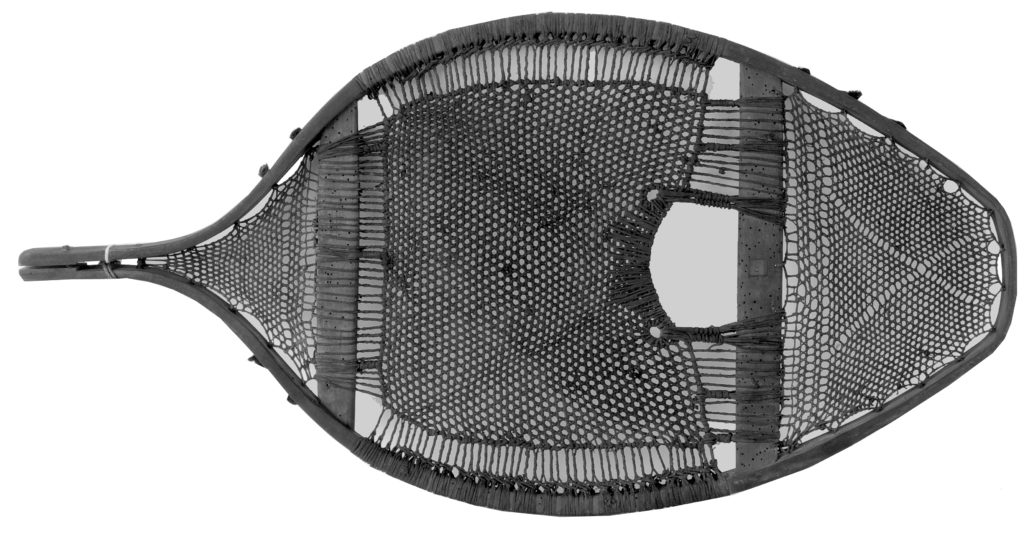
Snowshoe
Early to mid-19th century; Central North Canada
Wood, animal gut, cloth
One of a pair of snowshoes used by animal trappers and made from local materials except for the cloth, which probably came from Stroud in Gloucestershire, which had trading links with Canadian trappers.
Reference: 4513
Can be found: Heroes and Villains
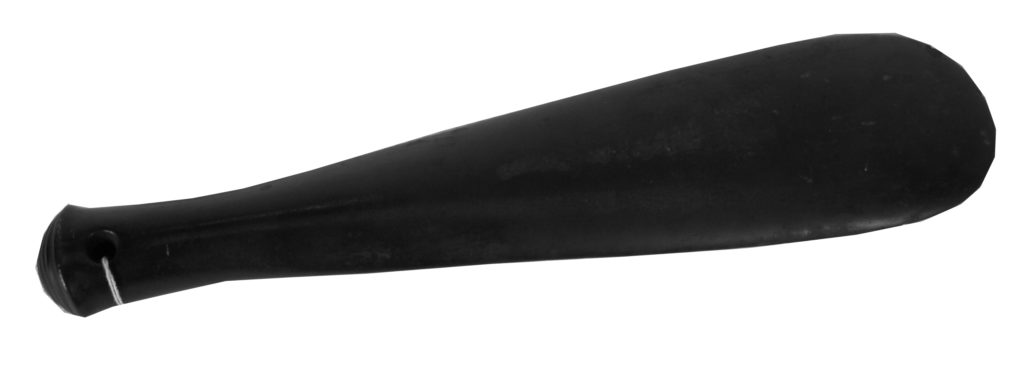
South Seas clubs
Late 18th to mid 19th century; New Zealand and Fiji
Stone, Root ball
A Maori stone club and a throwing club from Fiji, both of them for use, not decoration.
Reference: 4473, 4490
Can be found: Heroes and Villains
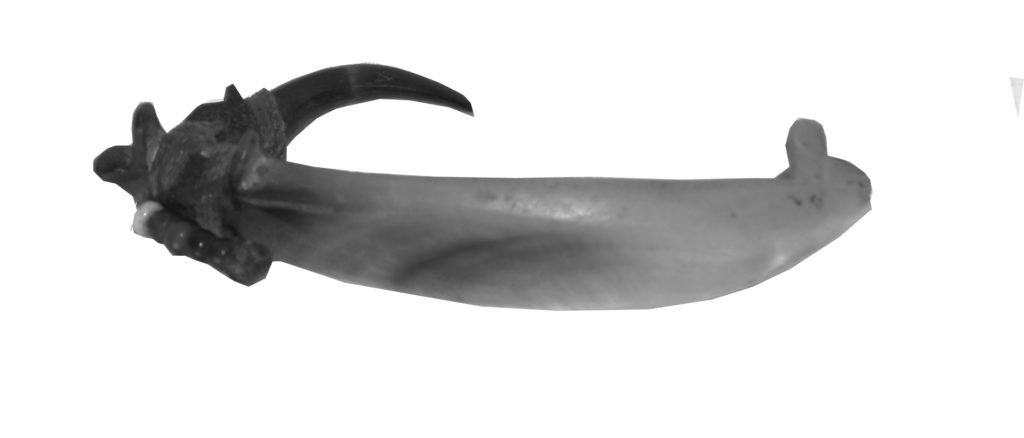
South Seas fishhooks and cloak pins
19th century; New Zealand, Tahiti and Hawaii
Bone, shell and twine
People living in the South Seas have created a large range of different fishhooks, each suited to catching a particular type of fish.
Reference: 4462, 4463k
Can be found: Heroes and Villains
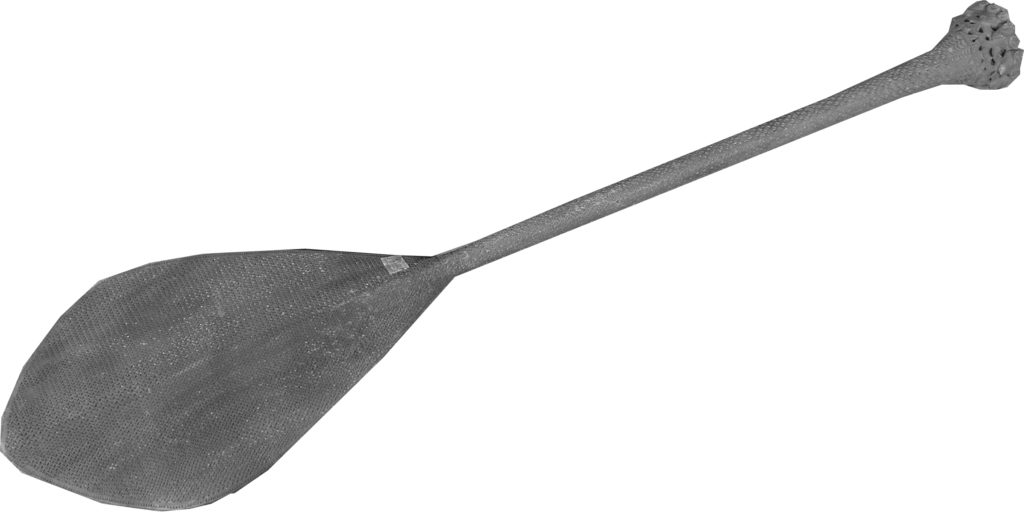
South Seas paddles and scoop
19th century; Ra’ivavae, Austral Islands
Wood
These paddles and scoop date from about 1815 to 1840. They are for decoration rather than practical use and were originally made for local trade. As the South Seas opened up to visitors from the west, the decorative paddles became much sought-after collectors’ items among Europeans.
They were made on one island, Ra’ivavae, but some were traded to Taluh, another island, and acquired from there. The carvings were made with sharks’ teeth or European tools. One paddle is decorated with heads and dancing girls. The scoop has an unusual squared handle.
Reference: 4844
Can be found: Heroes and Villains

Spears or ceremonial swatter sticks
19th to 20th century; Torres Strait, Australia
Wood
These long spears are particular to people living in the Torres Strait. They are richly decorated status symbols and have hollow bottoms.
Reference: CANCM:nn
Can be found: Heroes and Villains
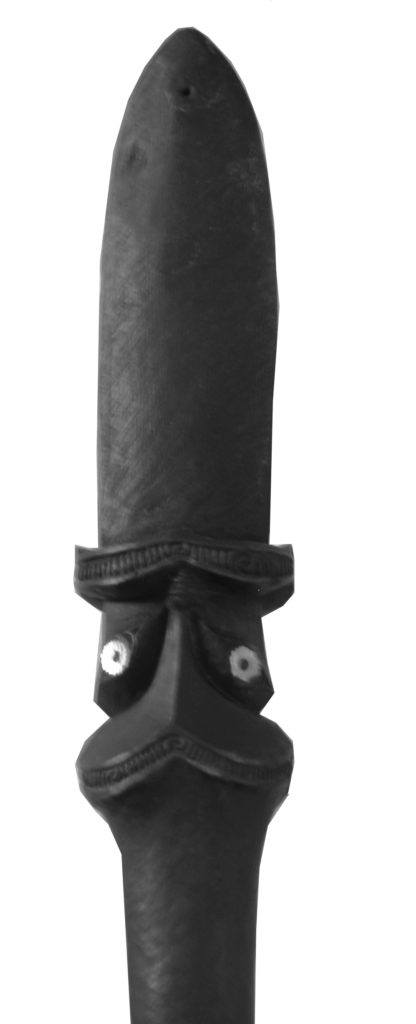
Taiaha stick
Early to mid-19th century; New Zealand
Wood
A Maori weapon for fighting, decorated with a head, eyes and a tongue.
Reference: 4602
Can be found: Heroes and Villains
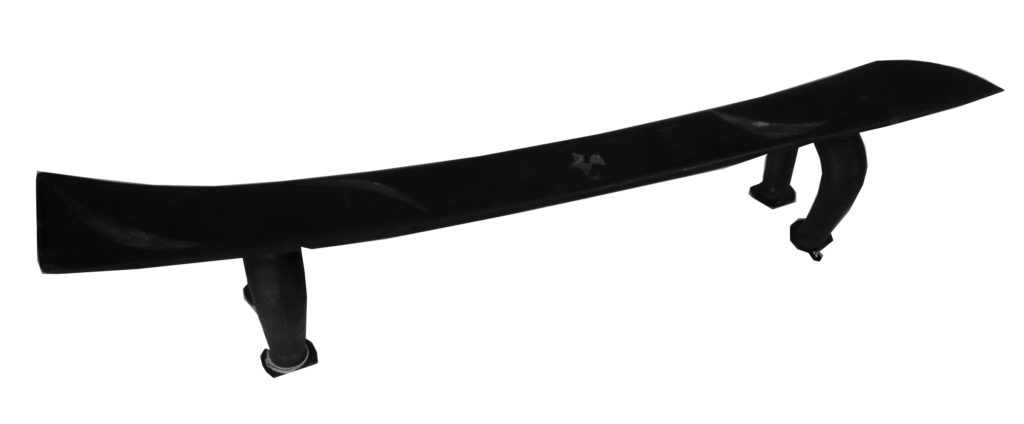
Tongan headrest or pillow
Late 18th century; Tonga, South Sea Islands
Probably whalebone
Headrests were valued, high status items. This example has inlaid decoration including a flying bird. It is probably one of the objects collected during Captain Cook’s voyages and distributed among museums in Britain.
Reference: 4507
Can be found: Heroes and Villains

